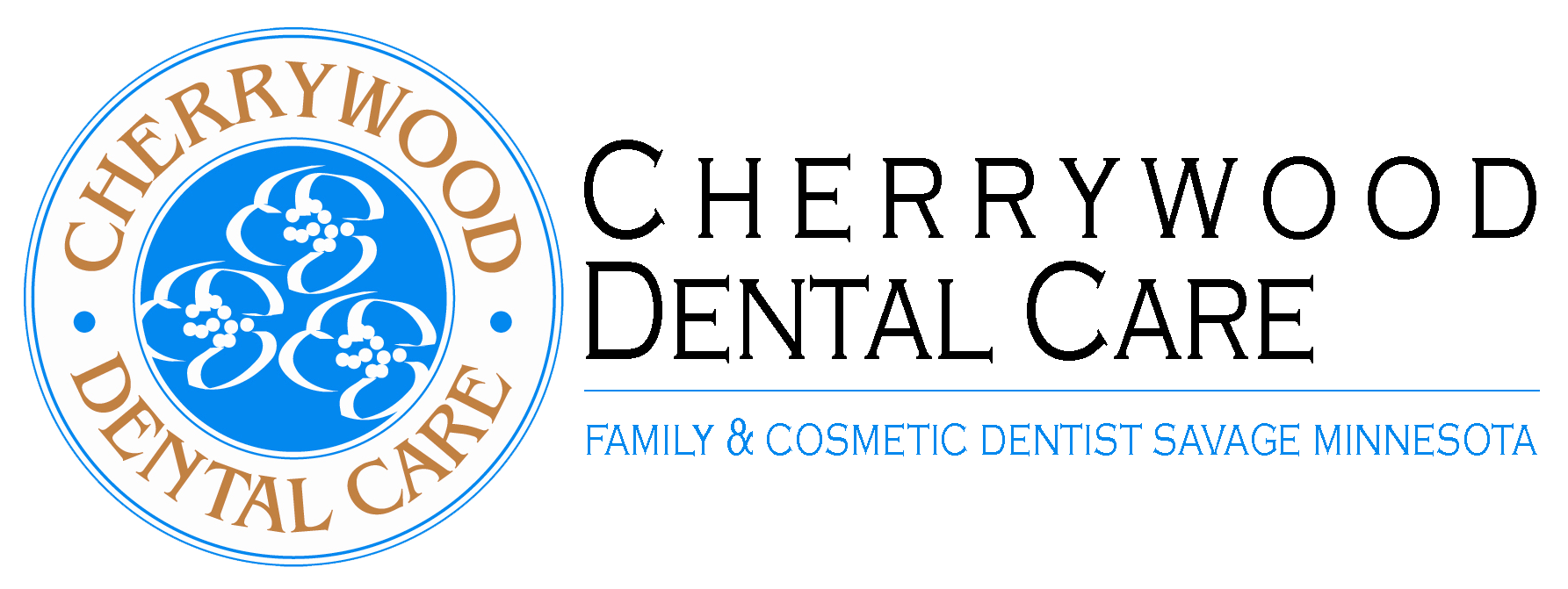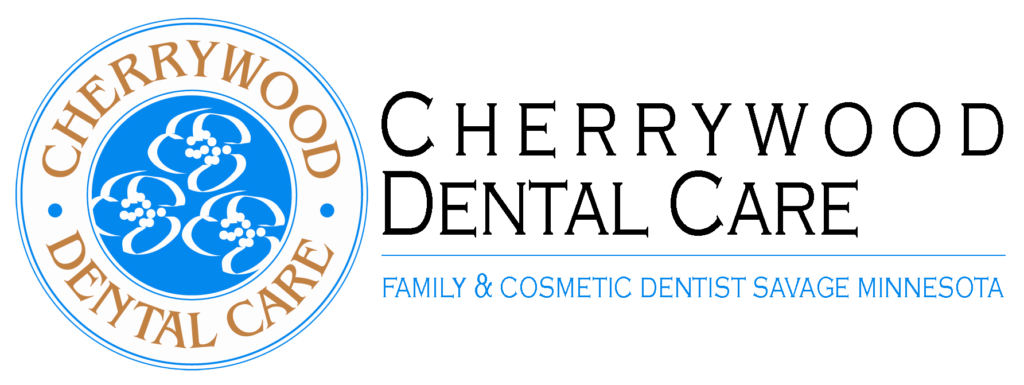Receding Gums Symptoms
Different studies claim that anywhere from 50% to 75% of American adults can have some form of gum disease, or gingivitis or periodontal disease. Let’s first look at the causes of gum disease, which will make your gums recede, the symptoms you can look for to identify whether you have this painless disease, and the treatments to correct and reverse the damage being done.
What Causes Gum Disease and the Gums to Recede
The primary cause of gum disease is that of plaque. Plaque is the result of having excessive bacteria in your mouth, not brushing twice a day as recommended, and allowing the bacteria to form the clear sticky substance called plaque on the teeth. The sugars and acids in the plaque attack the enamel of the teeth resulting in decay and cavities. If allowed to remain on the teeth the plaque drifts down the tooth, to the gumline and below. Now the bacteria immediately infect the soft tissue of the gums. As the infection builds the gums pull away from the teeth creating pockets that only make things worse as they begin to collect food particles that advance the infection.
Another way to experience gum recession is if you are too aggressive in brushing your teeth, literally sawing away at the gumline. This may result in clean teeth but at the expense of your soft tissue. The gums, even though healthy, now cannot cover the tooth below the crown. This part of the tooth does not have a hard surface of enamel and you will experience an enhanced sensitivity as a result.
Gum recession can also be the result of smoking, inheriting family genetics, hormonal changes in women or from diabetes.
What Are the Symptoms of Gum Recession?
There are several visual symptoms as the gum disease advances in severity. You can look for these:
- Swelling of the soft tissue
- The color changes from a healthy pink to a deeper red
- The gums can become sensitive to the touch
- You will develop bad breath
- You might develop some pain at the gumline
- You can visibly see the gums shrinking away from the teeth
- The curve of the crown of the tooth is evident, exposing the root
- A bad case of periodontal disease is evident by loose teeth
How Can You Treat Receding Gums and Gum Disease?
The primary cause is the damaging plaque. To stop the gum disease, you need to remove the source. A deep cleaning, or a scale and root planing procedure, will scrape away this plaque and with some antibiotics the gums will immediately begin to heal. In only a matter of days the swelling will subside, and the pockets will close around the teeth.
If you have gum recession and the soft tissue is gone, the dentist may have to protect the exposed roots with a dental compound. This bonding agent will be applied on the roots, shaped and sculpted, and hardened, as a protection of those sensitive roots.
The best treatment to avoid receding gums is to brush slowly twice a day and continue to visit your dentist twice a year for regular evaluations. If gum recession becomes evident the dental office will assist you in being proactive to stop the gum recession.
More on Receding Gums : Treatments for Receding Gums

